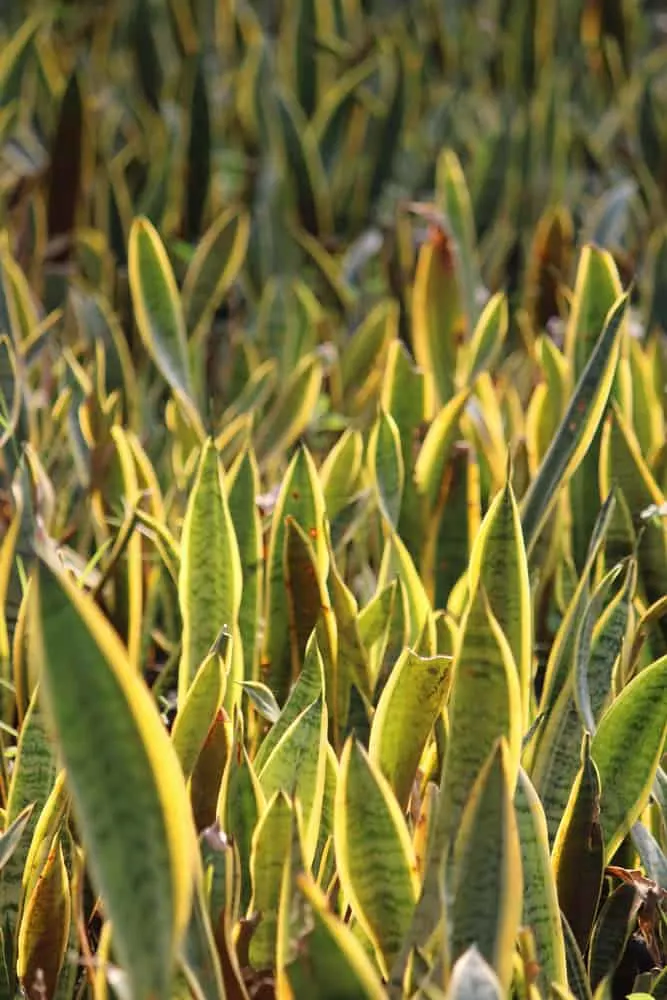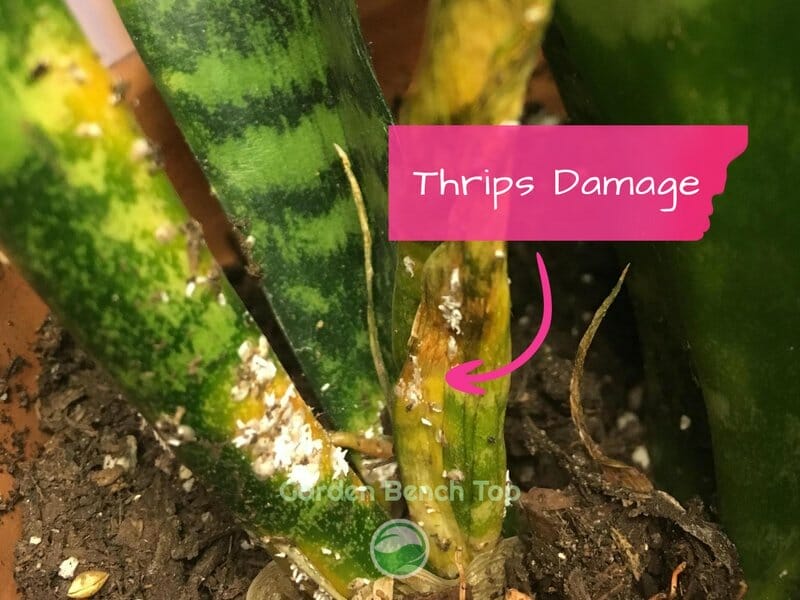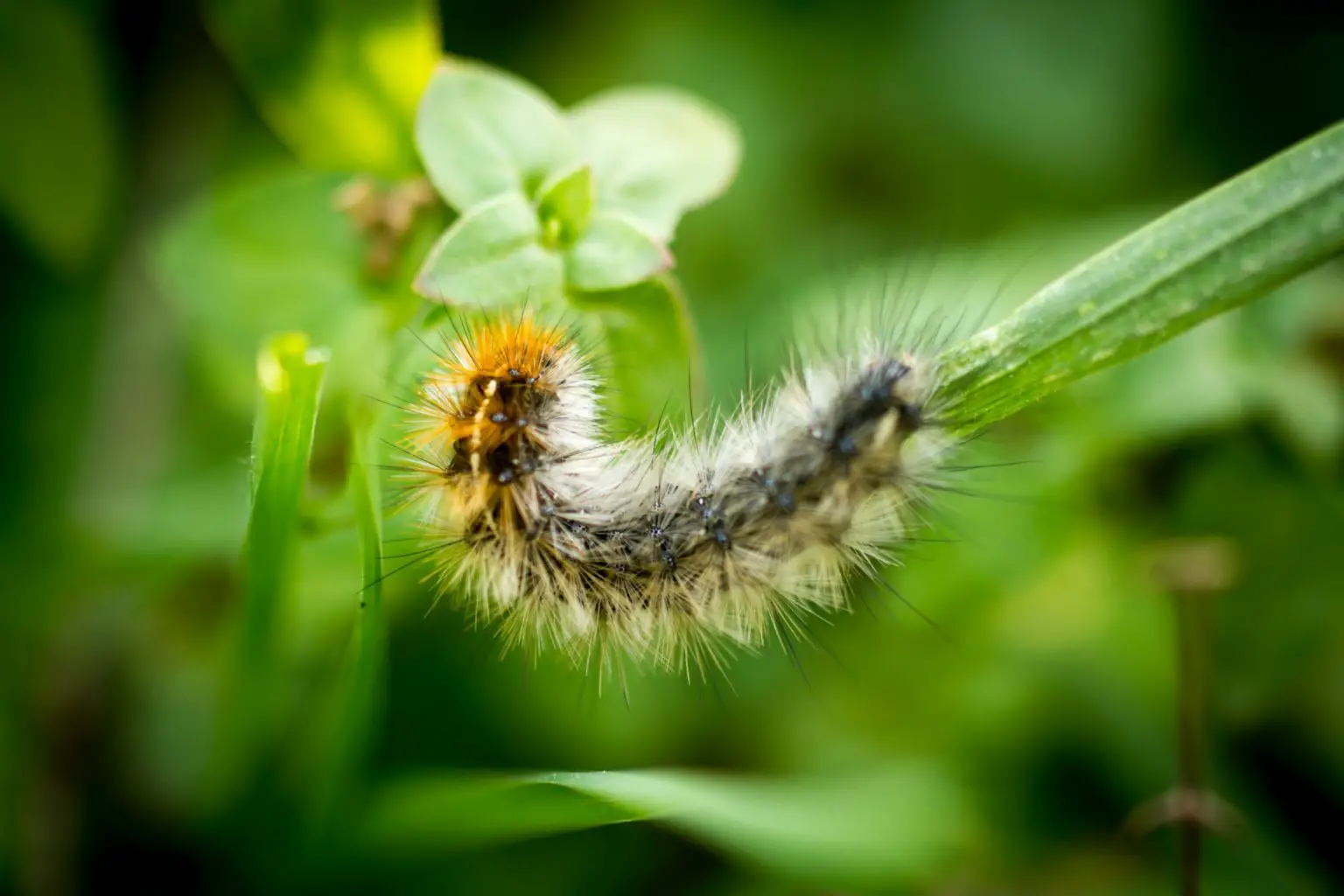16+ Snake Plant Diseases
Snake plants are prone to root rot and fungal infections. Its one of the things.

10 Common Snake Plant Problems How To Fix Them
These are normally associated with bacteria and.

. Web Root Rot Rotten roots are perhaps the most common of all snake plant problems. Leaves are narrow and stretched Too much sun can cause the leaves to droop but too little can also have adverse. Most of the time it is due to overwater of the Dracaena trifasciata.
Web Snake plants are susceptible to numerous pests and diseases including aphids spider mites Southern blight and root rot. Leaves are drooping or bending Sansevieria leaves are known for their strong upright shape. One of the most common snake plant problems is splitting leaves that are caused mainly due to physical damage and low humidity levels which leads to dehydrated foliage with cracks and splits.
While you can take leaf cuttings to begin new plants it is most easily propagated by division. Web Snake fungal disease SFD is an emerging threat to snake populations in the United States. In addition to being incredibly easy to grow snake plants have a number of health benefits including filtering indoor air removing toxic pollutants and boosting mental.
This results from over-watering the soil of the plant. The major pests of Sansevieria species include moths worms spider mites mealy bugs and thrips. Troubleshooting problems with snake plants are fairly straightforward and most problems can.
A widespread problem with snake plants is root rot. Snake plants are also susceptible to being overwatered opening them up to a range of fungal diseases root rot and pests that seek out moist environments like fungus gnats. Mealybugs and spider mites occasionally bother this plant.
Web 10 Common Snake Plant Problems How To Fix Them 1. Fungal diseases can cause rotting spots on the leaves of sansevieria. How to Fix this Issue.
Snake plant is a pass-along plant as it is easy to propagate. Powdery Mildew and Snake Plants. Powdery mildew is a fungal infection that affects various plants including Sansevieria trifasciata.
Root rot is a significant disease for snake plants and arises because of overwatered or planted in soil. You may find mealybugs or spider mite damage on your plant. Most problems are caused by overwatering which can lead to fungal infections and root rot.
Web Few pests and diseases bother this hardy plant. Mealybugs and spider mites in particular occur occasionally although you should not shower off the affected plants if possible. Web You run the risk of injuring your plant when a cutting is incorrectly done.
Several significant fungal diseases cause brown or black spots on Sansevieria leaves. Fungi are the main. Reasons and Fixes for Snake Plant Leaves Curling.
Web Do you want to learn more about snake plants. Weve got the fix for you right here. In that case care for your snake plant by treating with insecticidal soap according to label directions.
Left untreated it will cause. Web If your snake plant has started to get unusual spotting or strange colored growths on its leaves then it is likely experiencing a form of fungal disease. Web Snake Plant Disease Rotting Root.
Web Snake plants are one of the easiest plants to maintain and last for many years. Snake plants need 40-50 humidity. With our comprehensive symptoms chart you have a complete guide to troubleshooting your way back to a healthy and vibrant snake plant.
21 Different Varieties of Snake Plants to Grow Indoors. When soil is kept wet or moist for extended periods of time a variety of potentially harmful soil fungi begins to multiply. Snake plant is moderately toxic to pets and humans.
Yellowing Leaves And Leaf Spots. Mealybugs are one of the most common plants not only to snake plants particularly but to many indoor and. We advise you to remove the infected parts of the plant cut off the infected roots and leaves then repot your plant using sterile potting soil and a clean pot.
Web Sansevieria is a tough plant and it is resistant to most pests and diseases. It is caused by overwatering or poor air circulation which creates an environment where fungi can thrive. Web 5 Common Snake Plant Diseases Pests 1.
Due to overwatering root rot is a common affliction of snake plants. What Are the Different Types of Snake Plants. Web 5 Common Snake Plant Diseases.
Web The most common reasons why your snake plant is dying are root rot exposure to extreme temperature variations insect infestations or fungal problems. Your plant will start to become limp and lifeless as the fungi feed on all its stored energy and nutrients. Web Top 5 Most Common Snake Plant Diseases How to Cure 1.
Web Our Solution The solution is quite logical when you know the cause of the problem. Sansevieria are very robust plants that only become ill due to major care mistakes. Moths thrips and male mealy bugs have the ability to fly while spider mites are so small they can float on a strong breeze.
Root rot fungal problems. Providing your plant with the proper environment will also help prevent and treat pests. Web Snake plants are succulents which means they have fleshy leaves that are heaven for common sap-sucking pests like spider mites mealybugs and thrips.
Web Common Snake Plant Diseases. Web Leaf spot is a fungal disease that affects the leaves of your cylindrical snake plant. It could even end up with a moldy coating over the leaves as a result of this.
Fungal pathogens are often associated with a physiological stress response mediated by the hypothalamo-pituitary-adrenal axis HPA and afflicted individuals may incur steep coping costs. The Most Common Snake Plant. Web Insect Problems The most common illnesses for snake plants are caused by insects.
To keep your plant healthy inspect it regularly and treat issues as soon as they occur. Powdery mildew is a fungal based disease that affects the foliage of plants. A pest infestation on the other hand is rare but can occur.
Web Even though they are tolerant of many conditions they can become susceptible to the usual problems indoor plants encounter such as water stress disease pests and more. Root Rot and Snake Plants. The first signs of leaf spot include small brown spots on the leaves which eventually grow larger and turn yellow.
Root rot is one of the most common diseases snake plant owners will encounter. Most of the cases of root rot and yellowing of the leaves are related to overwatering. Root rot is by far one of the most common diseases snake plant owners experience along.

24 Common Snake Plant Problems Questions With Answers

5 Common Snake Plant Diseases Pests

What Causes Brown Spots On Snake Plants 6 Curious Reasons

7 Common Snake Plant Problems With Easy Fixes To Find

Brown Spots On Snake Plants How To Fix This Problem

Snake Plant Sansevieria Trifasciata Diseases Pests And Treatments Gardener Book

10 Common Snake Plant Problems And How To Fix Them

What Causes Brown Spots On Snake Plant And How To Fix It Garden For Indoor

24 Common Snake Plant Problems Questions With Answers

Snake Plant Pests Diseases And How To Get Treat Them

5 Common Snake Plant Diseases Effective Remedies

L4daivf 4npnam

10 Common Snake Plant Problems How To Fix Them

Saving Snake Plants From Pests Insects Bacteria Fungus And More Snakeplantcare

5 Common Snake Plant Diseases Effective Remedies

What Causes Brown Spots On Snake Plants 6 Curious Reasons

Comparative Host Pathogen Associations Of Snake Fungal Disease In Sympatric Species Of Water Snakes Nerodia Scientific Reports